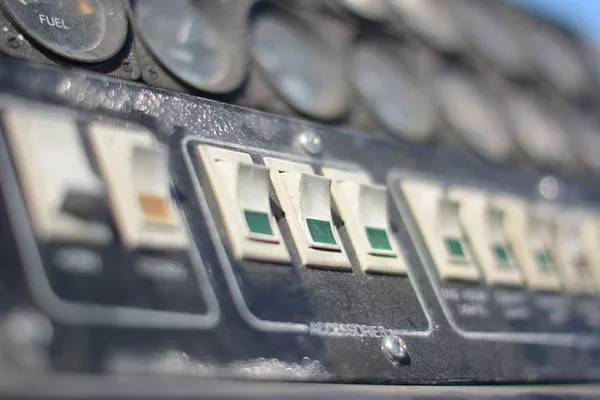As global energy demands are set to rise significantly over the next decade, the need for higher power density in semiconductors has become increasingly critical. Onsemi has addressed this need with the launch of its next-generation EliteSiC M3e MOSFETs, designed to advance carbon reduction efforts and enhance the integration of renewable energy sources.
In a recent press briefing with EEPower, Mrinal Das, Senior Director of Technical Marketing for Onsemi’s Advanced Power Division, emphasized the impact of their new technology. “Onsemi is committed to facilitating the shift towards greater electrification and the use of renewable energy, ultimately contributing to a more sustainable and healthier planet for future generations,” Das stated.
The Role of Silicon Carbide
Silicon carbide (SiC) is a notable advancement over traditional silicon semiconductors due to its superior electrical properties. Similar to diamond, which is pure carbon, SiC consists of 50% carbon but also incorporates silicon. This combination allows SiC to offer high dielectric strength and thermal conductivity, essential for efficient current flow.
Das highlighted the unique advantages of SiC, noting, “Silicon carbide provides the benefits of next-generation semiconductors while retaining the manufacturability of current technologies. This rare combination is why SiC is considered a leading next-generation semiconductor, delivering significant value at the system level.”
Onsemi’s Third-Generation SiC MOSFETs
The EliteSiC M3e MOSFETs are the latest addition to Onsemi’s SiC portfolio, joining previous models M3S and M3T. These 1200 V, 11 mΩ MOSFETs are designed for use in traction inverters within electric vehicles. Compared to earlier generations, the M3e MOSFETs achieve a 30% reduction in conduction losses, enabling a 20% increase in power output and enhancing power density. Additionally, switching losses are cut by up to 50%, all within a planar MOSFET design.
Das explained the advantages of the planar design: “By maintaining a planar structure, we leverage decades of R&D and proven reliability, resulting in a technology that is both current and well-established.”
Key Features and Future Prospects
The M3e MOSFETs are notable for their short-circuit withstand capability, which is crucial for applications involving motors and loads. Onsemi claims that these MOSFETs offer the industry’s lowest specific on-resistance (RSP) with short circuit capability, essential for high-performance traction inverters. They also enable 20% more output power within the same inverter footprint or allow for reduced SiC content, leading to cost savings and more compact, reliable systems.
Looking ahead, Onsemi’s EliteSiC M3e MOSFETs are expected to play a pivotal role in the advancement of electrical systems, offering lower costs per kW while enhancing performance and reliability. They are suitable for a range of applications, including electric vehicle powertrains, DC fast chargers, solar inverters, and energy storage solutions.
Onsemi continues to push the boundaries of silicon carbide technology through innovations in die architectures and packaging techniques. The company aims to optimize cell structures for increased power density and apply advanced packaging methods to maximize performance while reducing size. Following Moore’s Law principles, Onsemi plans to accelerate its development roadmap and introduce several new EliteSiC products by 2030.

